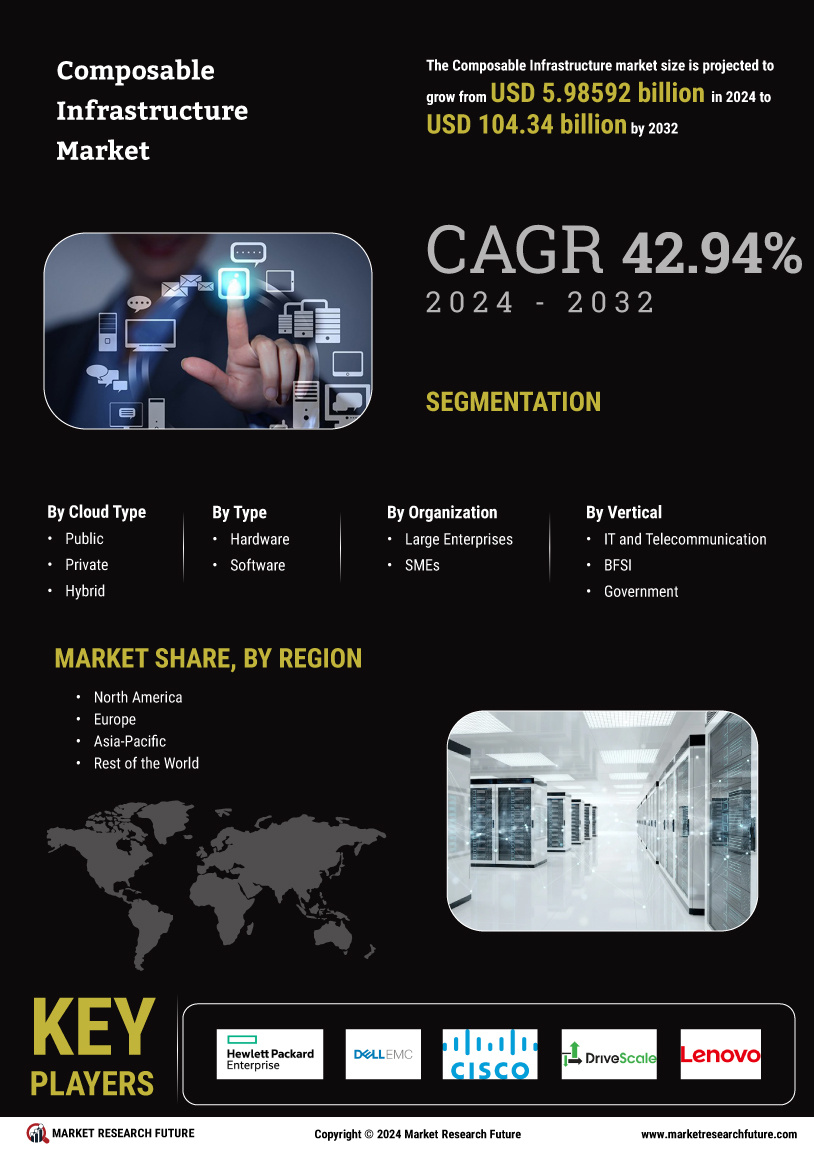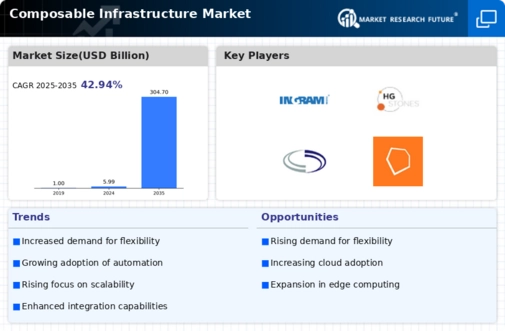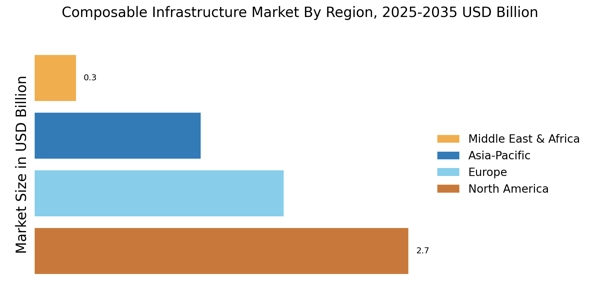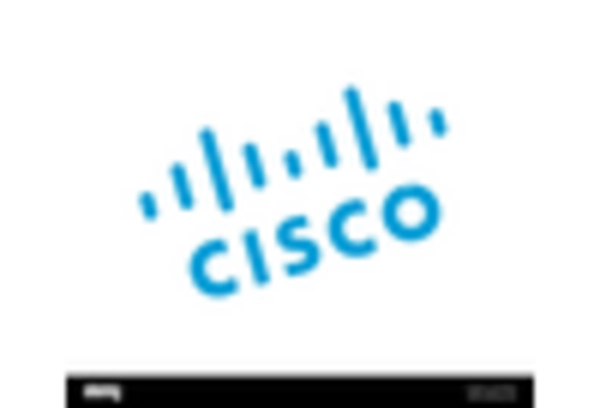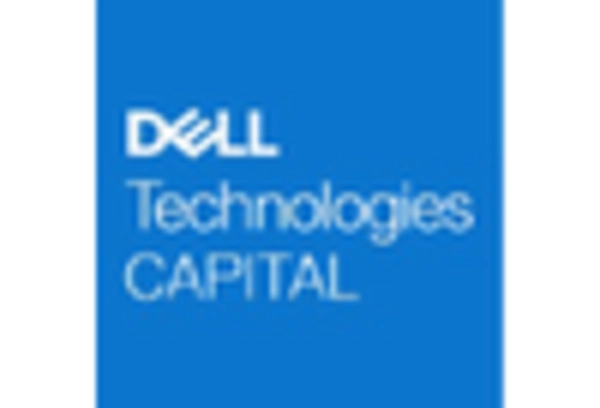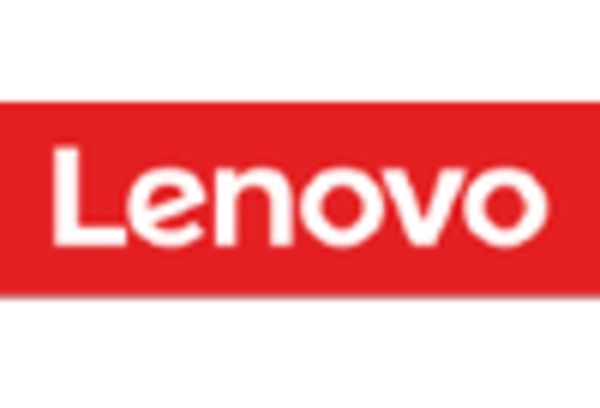Enhanced Resource Utilization
In the Composable Infrastructure Market, enhanced resource utilization is a critical driver. Organizations are increasingly focused on optimizing their IT resources to reduce costs and improve performance. Composable infrastructure allows for the pooling of resources, enabling organizations to allocate compute, storage, and networking resources as needed. This flexibility leads to improved efficiency and reduced waste. Recent studies indicate that companies utilizing composable infrastructure can achieve up to 30% better resource utilization compared to traditional architectures. As businesses strive to maximize their return on investment in IT, the appeal of composable infrastructure solutions continues to grow, fostering a more efficient and cost-effective operational model.
Rising Demand for Scalability
The Composable Infrastructure Market is experiencing a notable rise in demand for scalability. Organizations are increasingly seeking solutions that allow them to dynamically allocate resources based on fluctuating workloads. This trend is driven by the need for businesses to remain agile and responsive to market changes. According to recent data, the market for composable infrastructure is projected to grow at a compound annual growth rate of approximately 25% over the next five years. This growth is indicative of a broader shift towards flexible IT environments that can adapt to varying demands. As enterprises continue to embrace digital transformation, the ability to scale resources efficiently becomes paramount, thereby propelling the adoption of composable infrastructure solutions.
Growing Need for Agility and Speed
The Composable Infrastructure Market is significantly influenced by the growing need for agility and speed in IT operations. Organizations are under constant pressure to deliver services and applications faster to meet customer demands. Composable infrastructure facilitates rapid deployment and scaling of resources, allowing businesses to respond swiftly to changing market conditions. This agility is particularly crucial in sectors such as finance and e-commerce, where time-to-market can determine competitive advantage. As a result, the demand for composable infrastructure solutions is expected to rise, with many organizations recognizing the strategic importance of speed in their IT strategies.
Shift Towards Software-Defined Solutions
A notable trend within the Composable Infrastructure Market is the shift towards software-defined solutions. Organizations are increasingly adopting software-defined networking and storage to enhance flexibility and control over their IT environments. This shift allows for greater automation and orchestration of resources, which is essential for managing complex infrastructures. The integration of software-defined technologies with composable infrastructure enables organizations to streamline operations and reduce manual intervention. As businesses seek to modernize their IT frameworks, the adoption of software-defined solutions is likely to drive further growth in the composable infrastructure market, aligning with the broader trend of digital transformation.
Increased Focus on Security and Compliance
In the Composable Infrastructure Market, there is an increasing focus on security and compliance. As organizations adopt more complex IT environments, ensuring data security and regulatory compliance becomes paramount. Composable infrastructure offers enhanced security features, such as micro-segmentation and automated compliance checks, which help organizations mitigate risks. The growing number of data breaches and stringent regulations are prompting businesses to prioritize security in their IT strategies. Consequently, the demand for composable infrastructure solutions that incorporate robust security measures is expected to rise, as organizations seek to protect their assets while maintaining compliance with industry standards.
